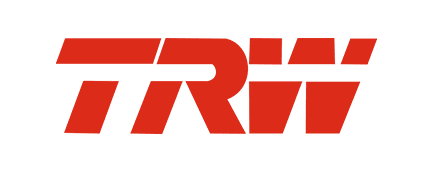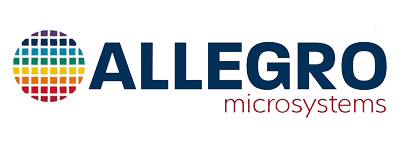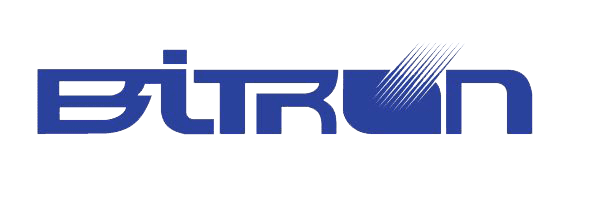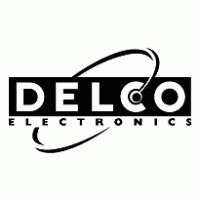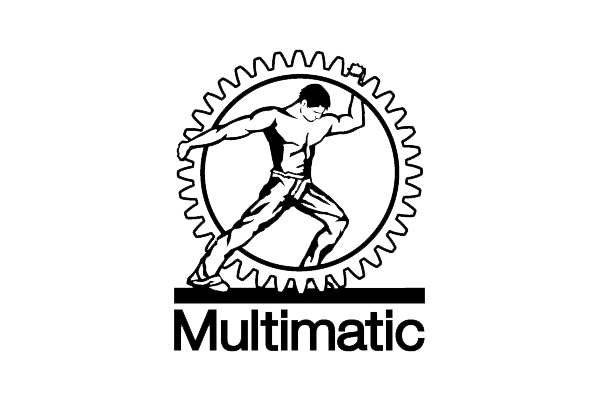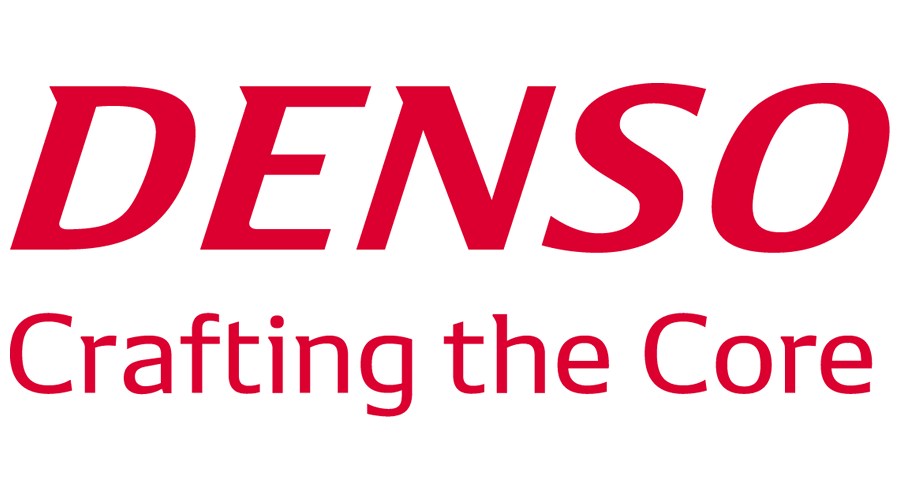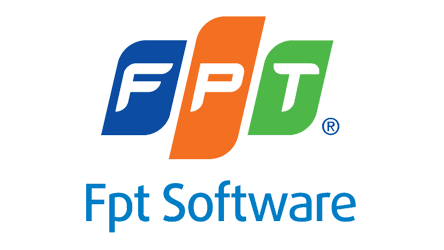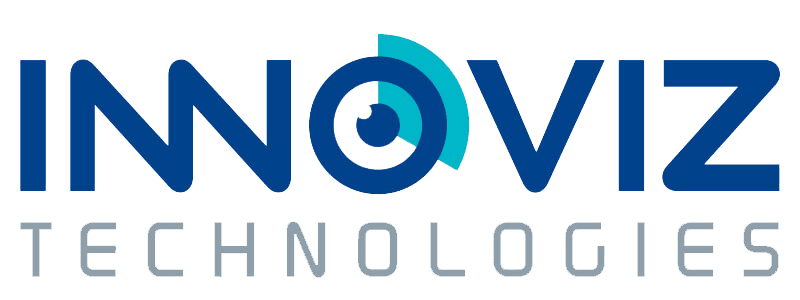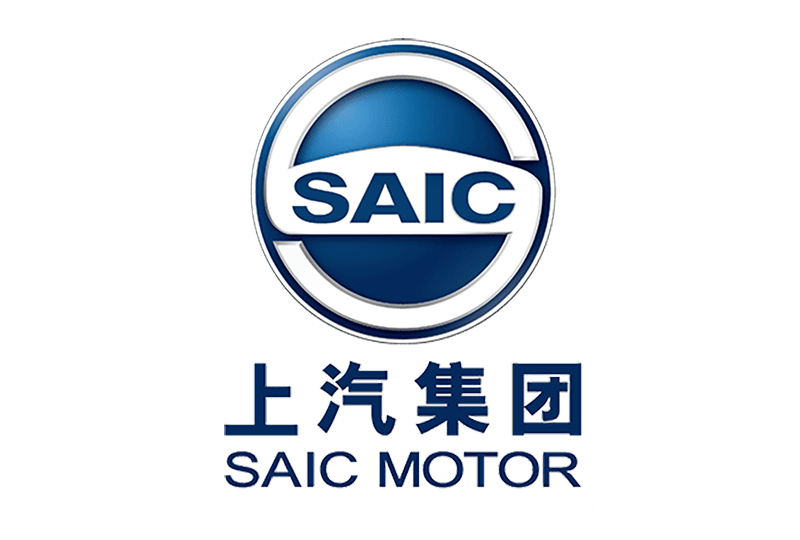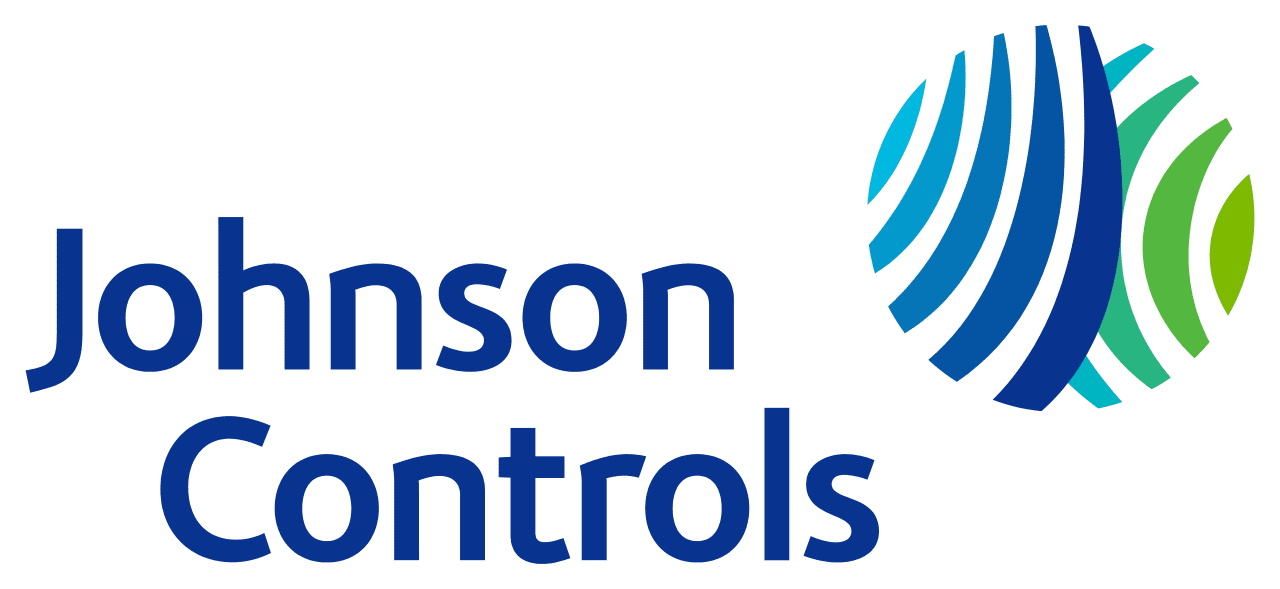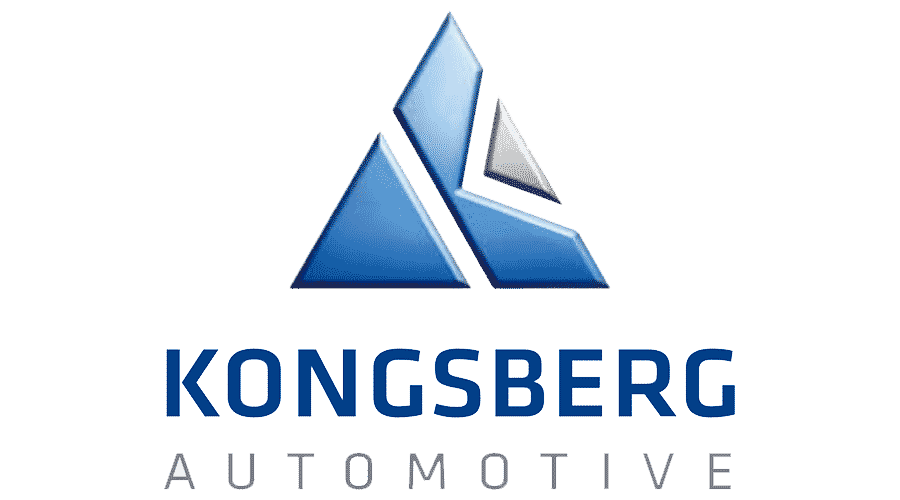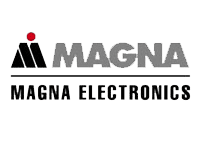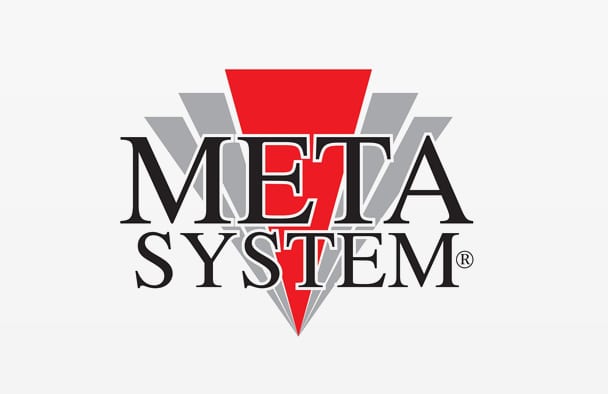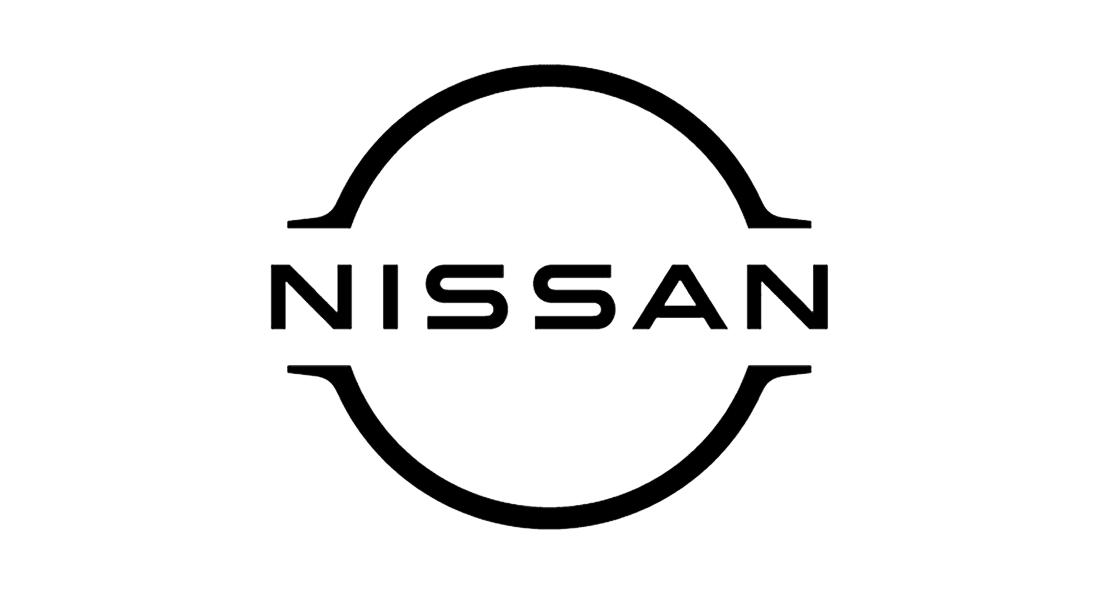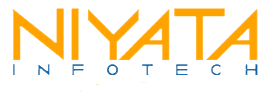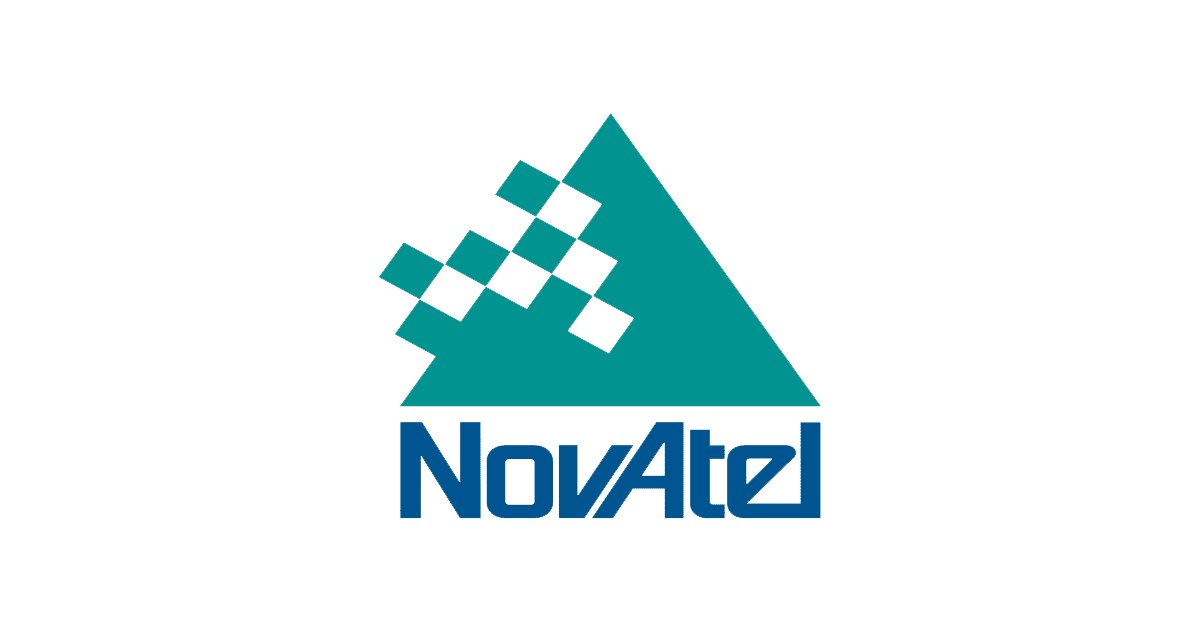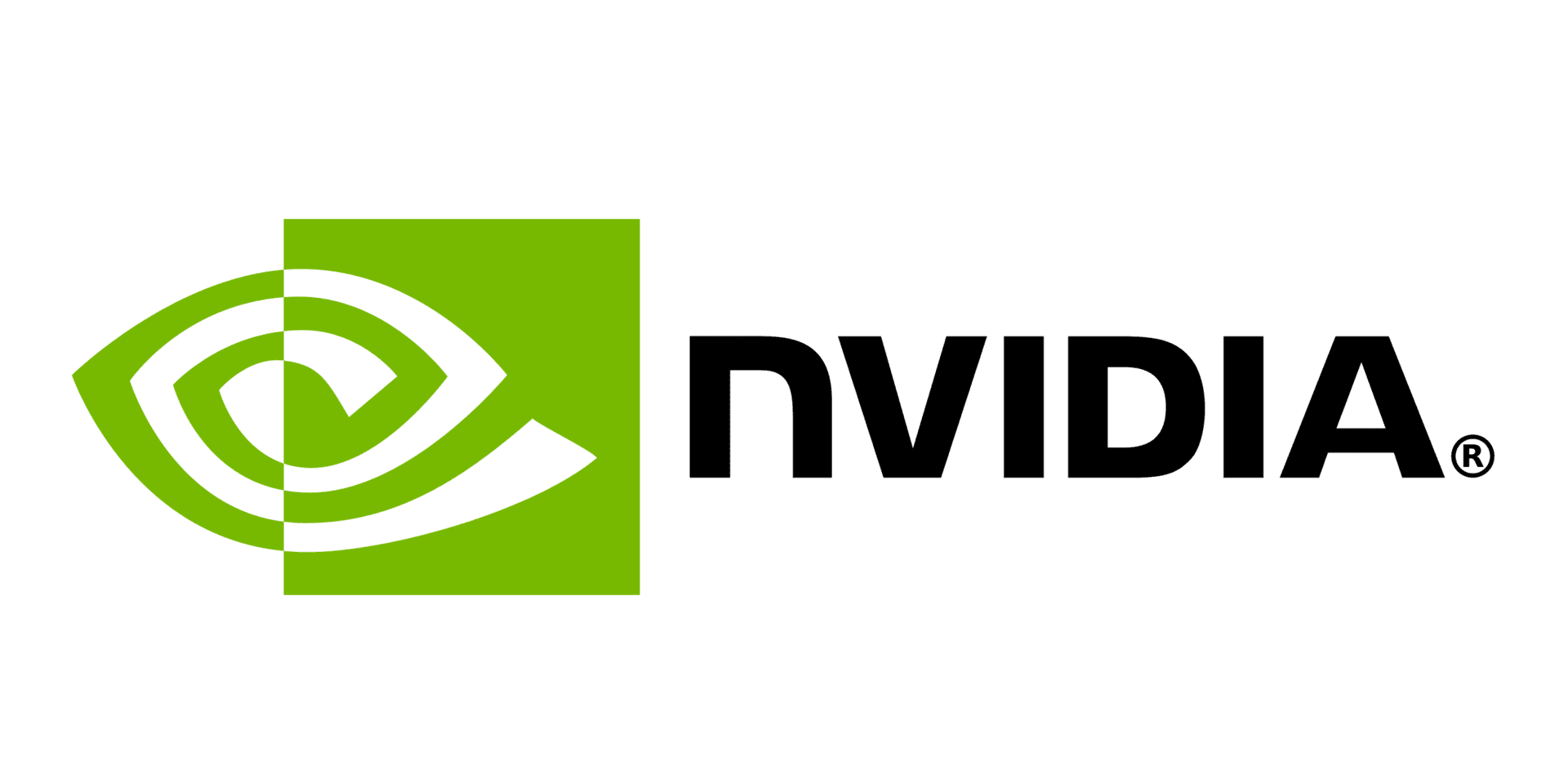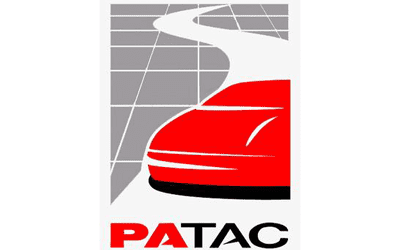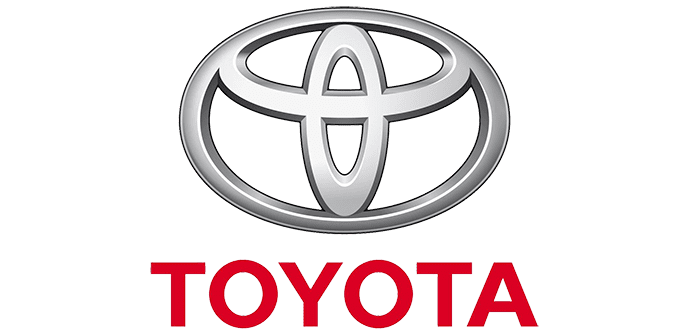Embedded Software in the Automotive Industry
In recent years, the use of automotive embedded software has grown significantly. Today’s vehicles rely heavily on software to control many of their functions, including engine management, emissions control, and entertainment systems. The average modern car now contains more lines of code than some commercial airplanes, making software a critical component of the vehicle.
However, with this, increased reliance on software comes an increased risk of software failure. In the case of the automotive industry, software failure can have severe consequences, including recalls, reputational damage, and even loss of life. This risk has driven industry leaders to focus on improving software quality, particularly in safety-critical areas.
The importance of software quality standards for the automotive industry
To ensure that automotive software meets high standards of safety and reliability, the industry has developed specialized standards for software development, validation, and verification. These standards provide guidelines and best practices for designing and implementing software, with a particular focus on safety-critical areas.
One of the most commonly used standards in the automotive industry is ISO 26262, which provides a framework for designing functional safety for road vehicles. ISO 26262 defines a risk-based approach to functional safety and outlines specific requirements for the development of safety-critical software.
In addition to ISO 26262, there are other standards and guidelines that are commonly used in the automotive industry, such as the MISRA coding standards. MISRA provides a set of guidelines for writing safe and secure software in the C programming language, which is widely used in the automotive industry.
AUTOSAR is another important standard in the automotive industry, specifically for the development of embedded software for automotive electronic control units (ECUs). It also provides a set of guidelines and best practices for software development, testing, and integration. This helps to ensure that the software developed using the AUTOSAR standard is of high quality and meets the strict safety and reliability requirements of the automotive industry.
By adhering to these standards and guidelines, automotive manufacturers and suppliers can ensure that their software is of the highest quality and meets the strict safety requirements of the industry. This not only helps to protect consumers but also helps to protect the reputation and financial stability of the companies that produce these vehicles and their parts.
Learn more about how QA Systems automotive software testing tools help to comply with software quality standards below.
ISO 26262
Road vehicles – Functional safety
MISRA C/C++
Guidelines for the use of the C/C++ languages in critical systems
AUTOSAR
Guidelines for the C++ language in safety-critical systems.
QA Systems Testing Tools
QA Systems enables organisations to accelerate safety standards compliance with automated static analysis and software testing tools:







